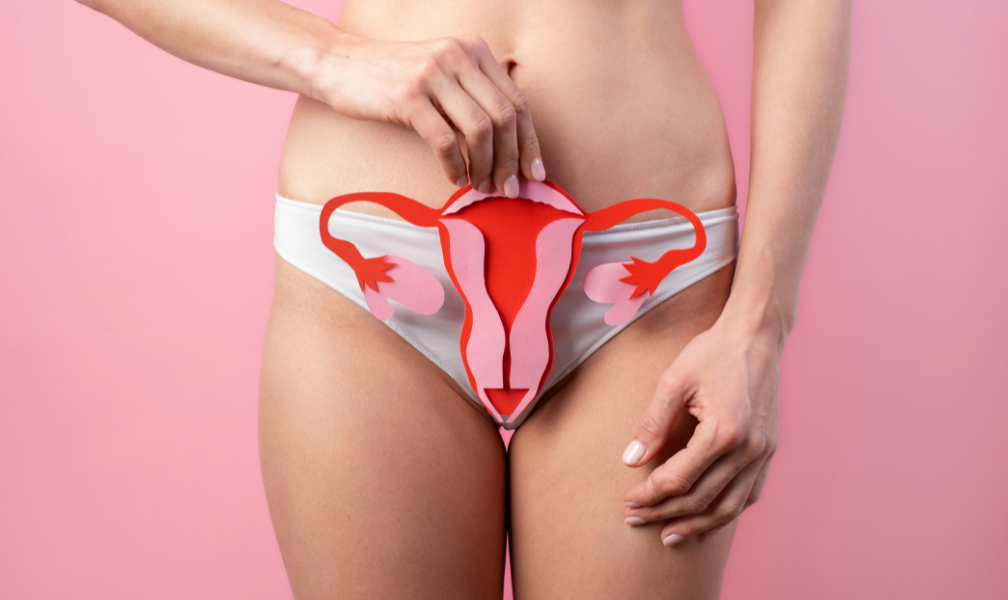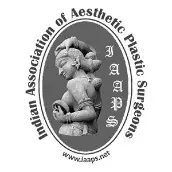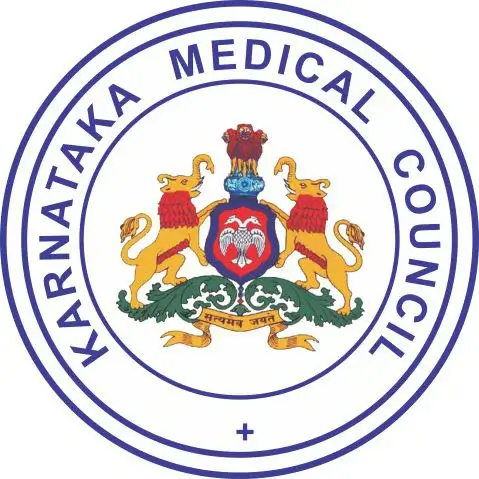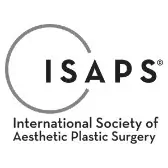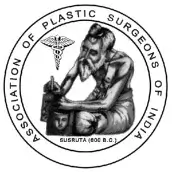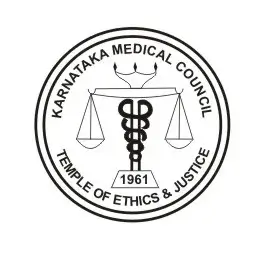The two types, surgical and non-surgical, are equally effective in enhancing the look and function of the vaginal/pelvic area. Surgical procedures involve making incisions in the vagina to tighten the muscles and tissues. Non-surgical procedures use energy-based devices to heat the vaginal tissues, which stimulates collagen production and tightens the vagina. This also addresses the issues such as laxity, dryness, and urinary incontinence.
Procedures for vaginal rejuvenation vary, based on the needs and goals. The procedure offers both surgical and non-surgical options. Surgical methods include labiaplasty, vaginal hood reduction, vaginoplasty, monsplasty, vulvoplasty, and perineoplasty. Non-surgical methods involve CO2 laser treatment and RF treatment which tighten and tone the vaginal area through the stimulation of collagen for tightening without surgery.
Surgical procedures typically require a longer downtime than non-surgical procedures. You may experience some pain, swelling, and bruising for the first few weeks after surgery. Non-surgical procedures with a shorter recovery period allow most patients to return to normal activities within a few days after the procedure. However, it is important to avoid sexual activity for at least 4-6 weeks after any type of vaginal rejuvenation procedure.




